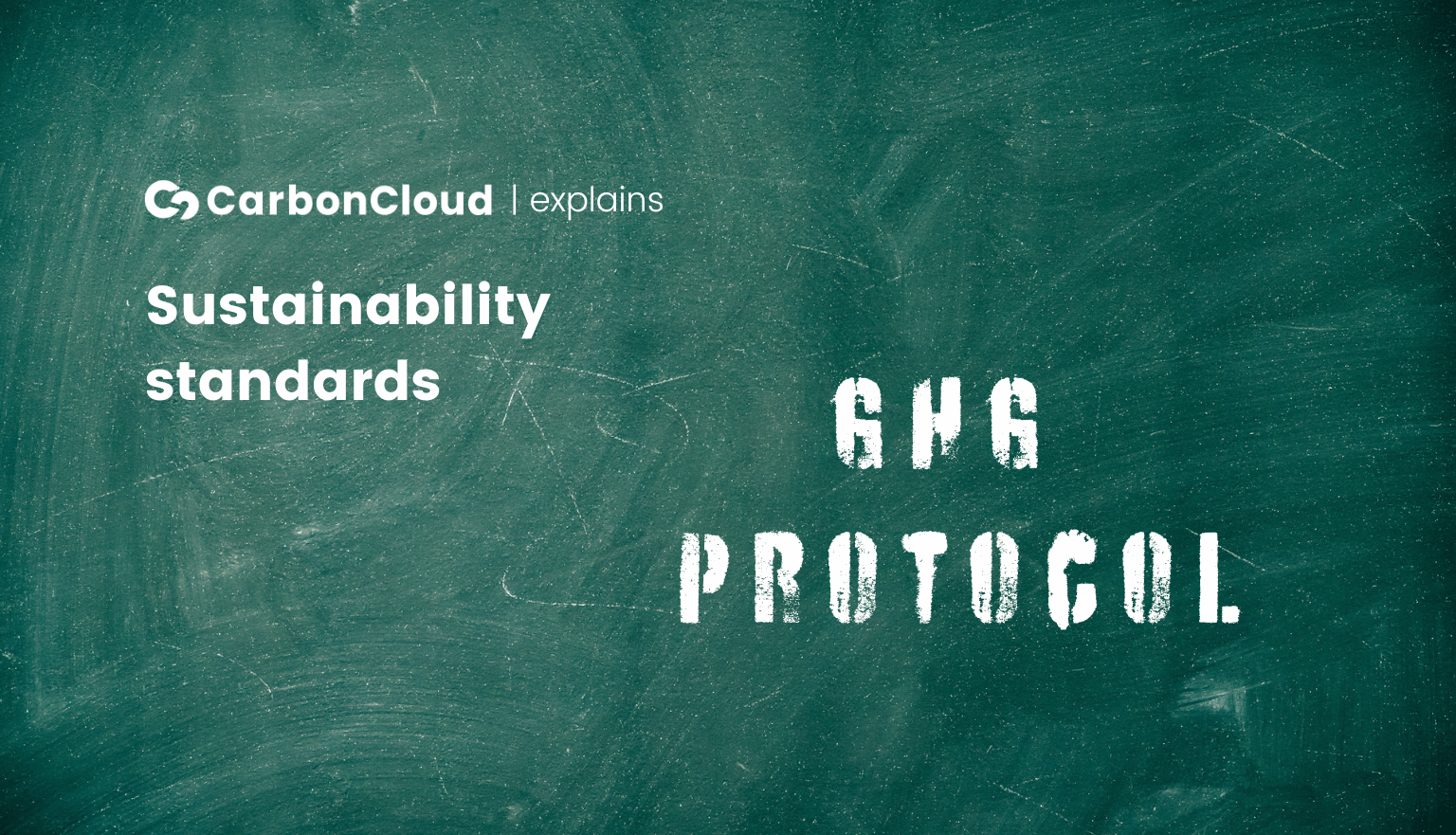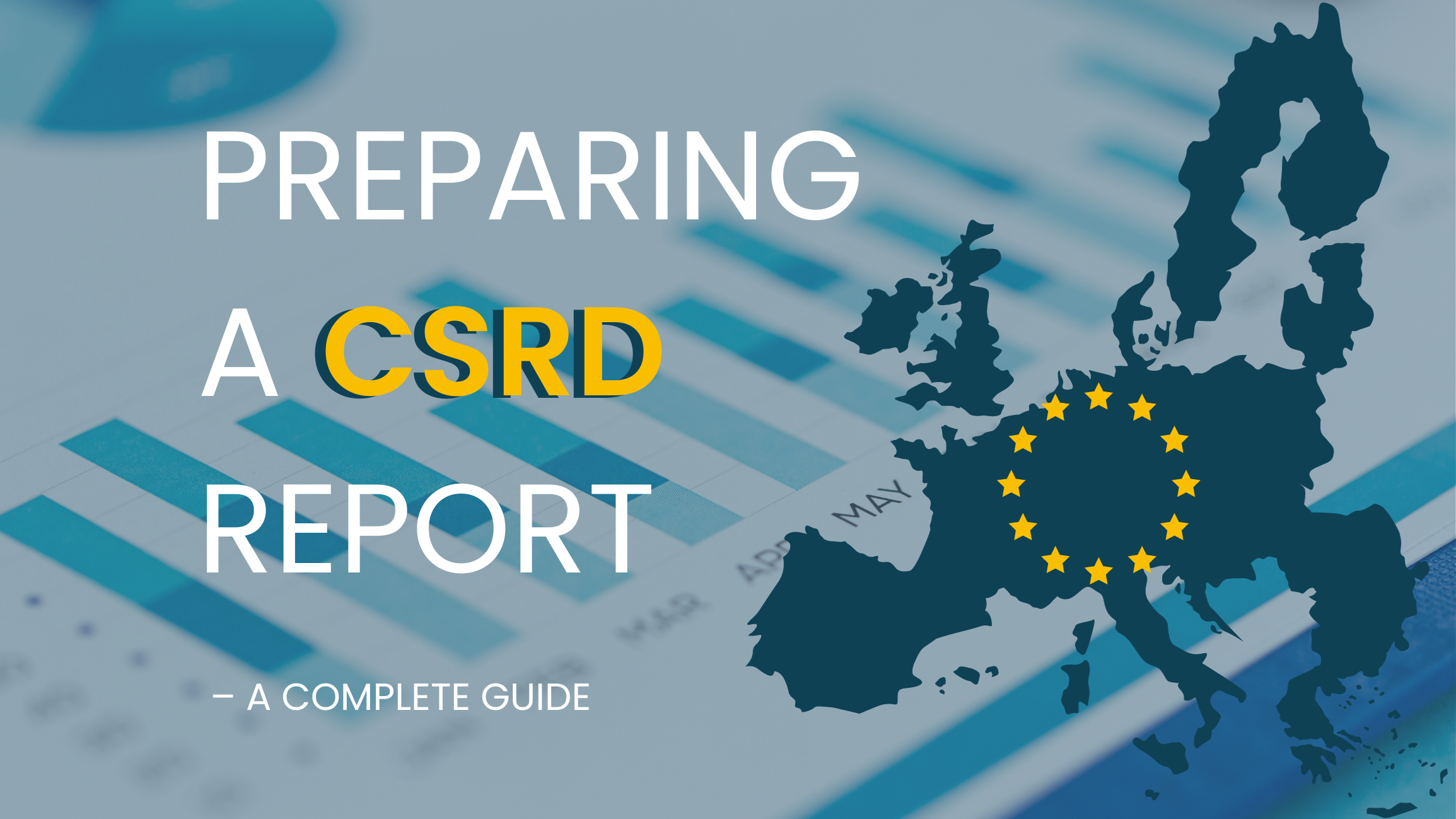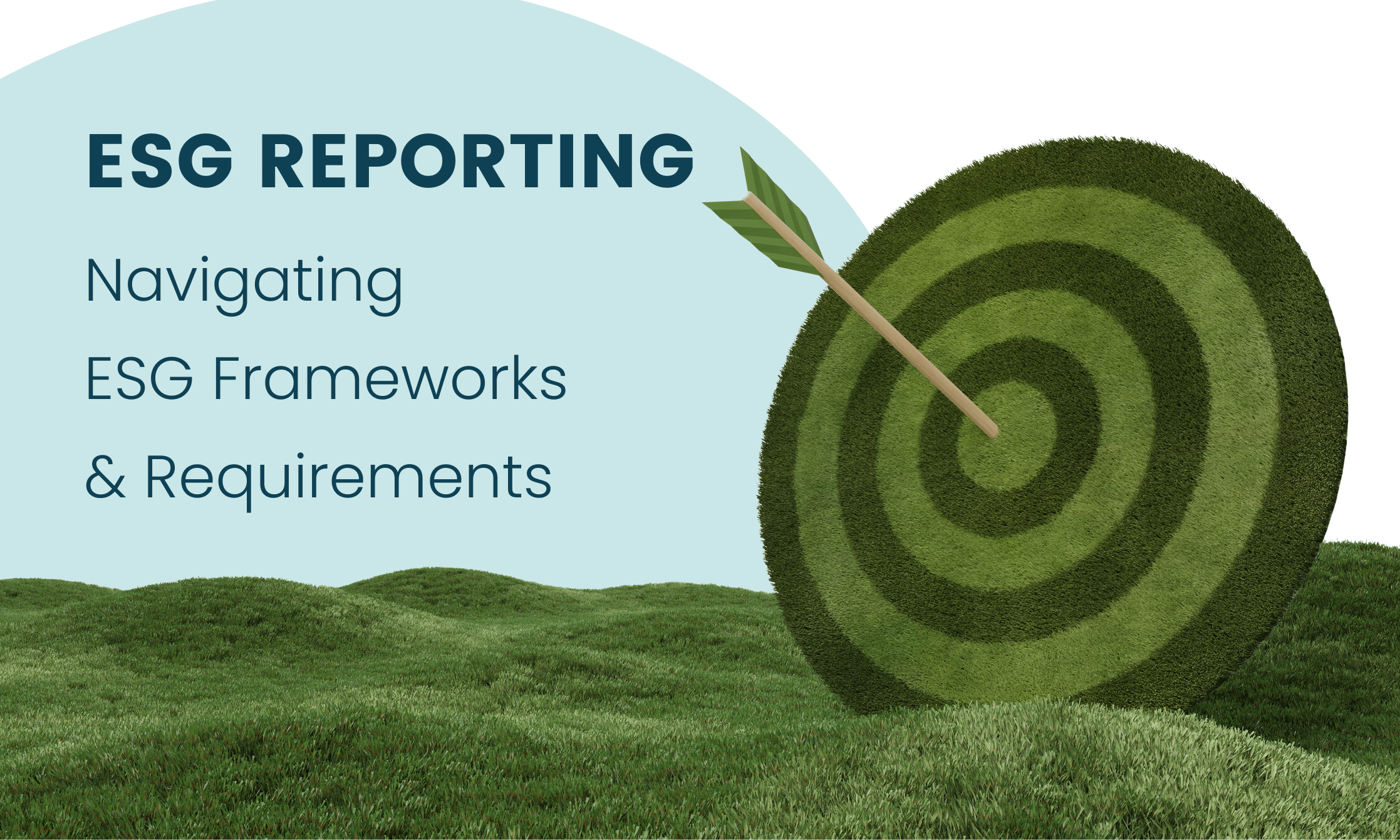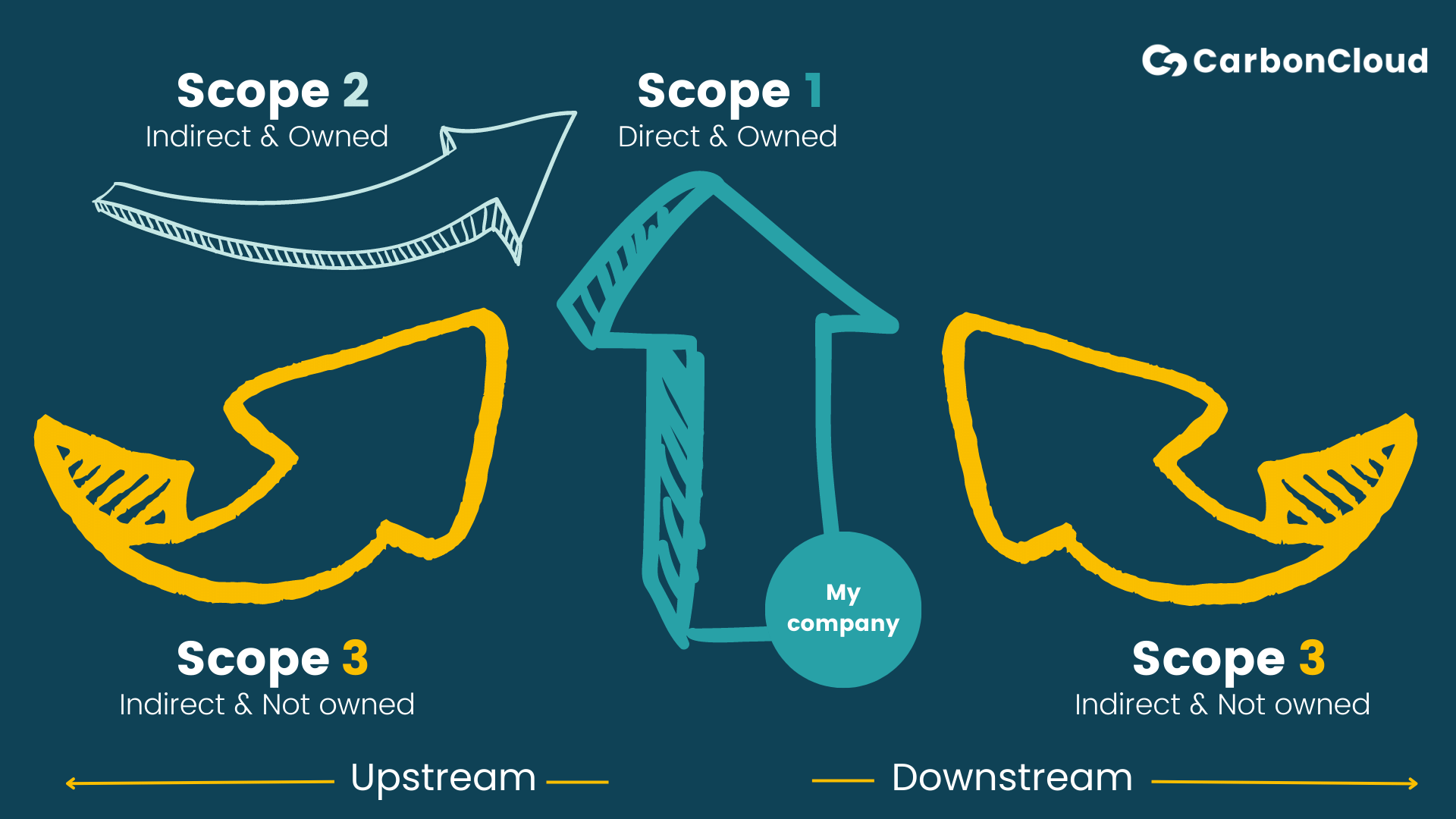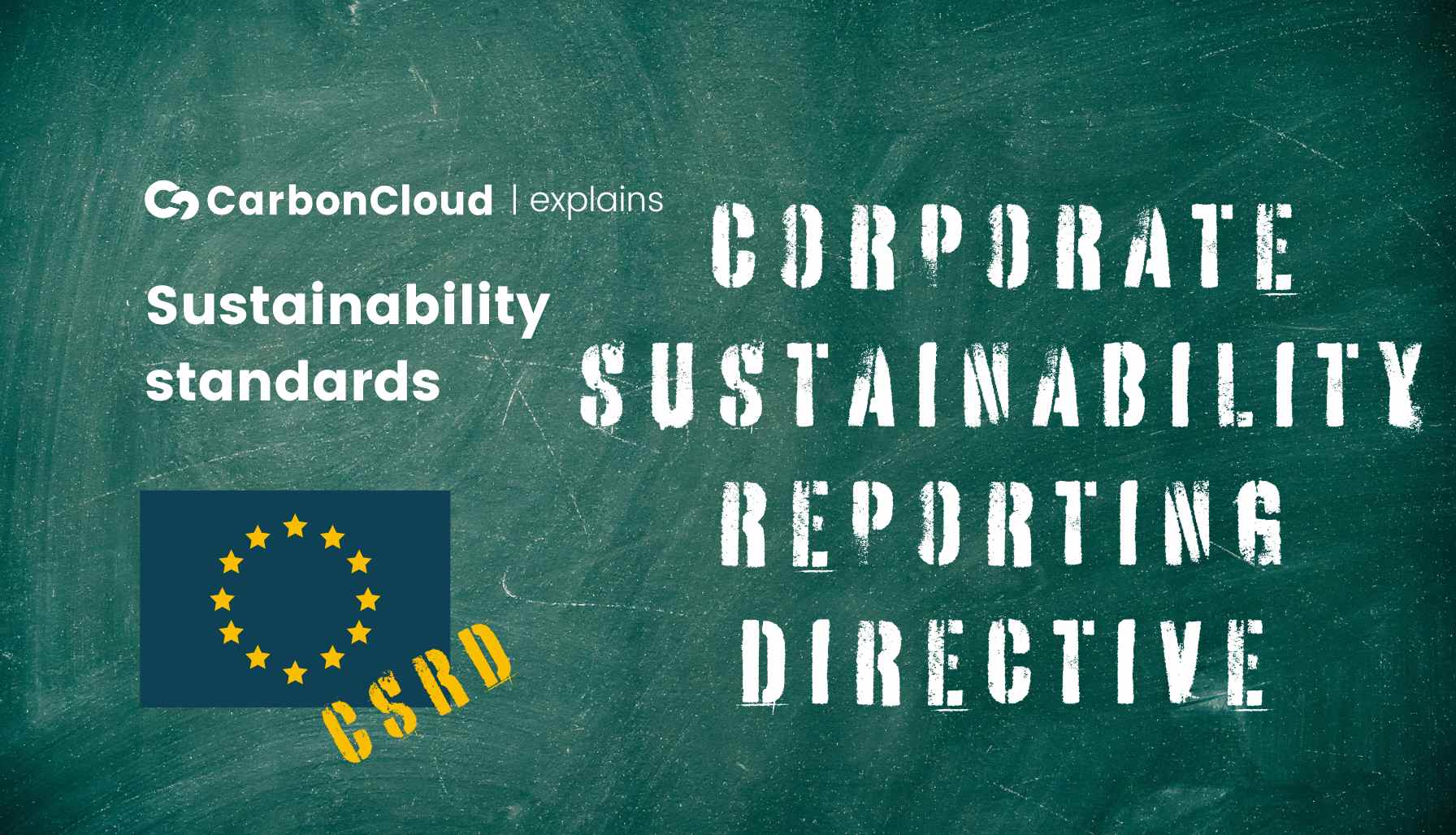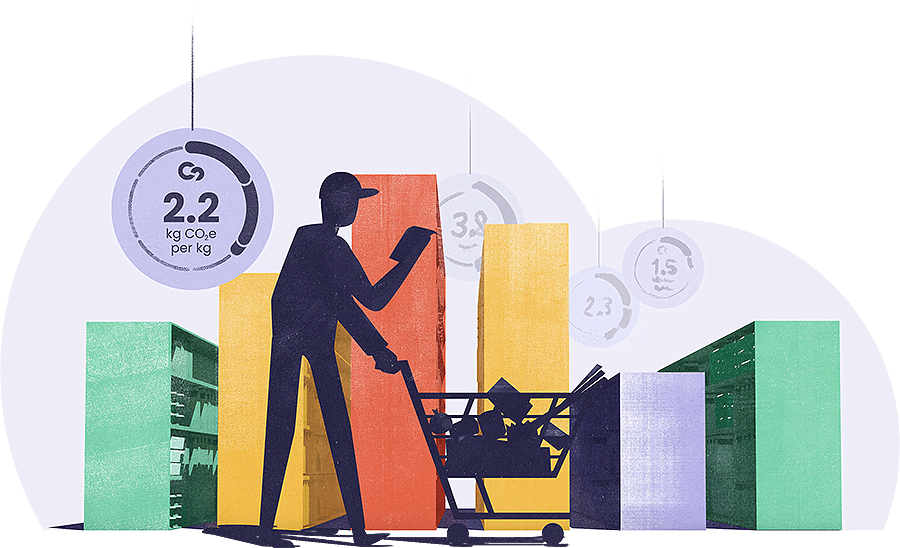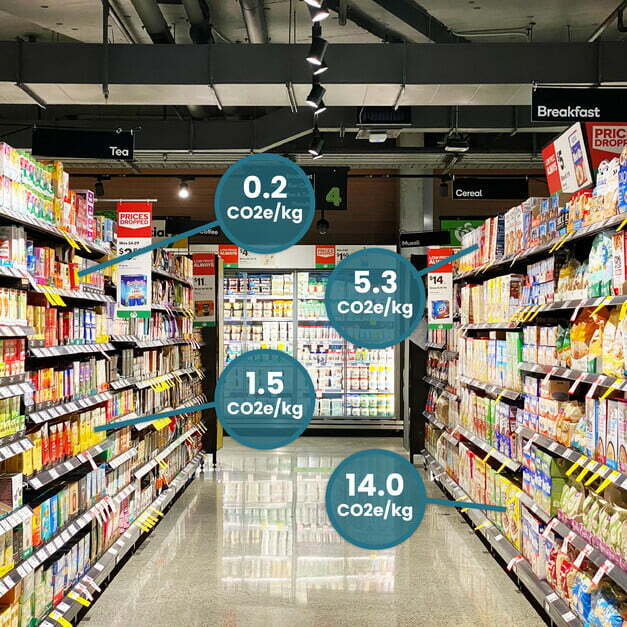Sustainability Standards Explained: GHG protocol
Food and beverage producers, retailers, you and we at CarbonCloud have the same headache: There is currently no universally agreed-upon standard for sustainability. There isn’t a week going by where we don’t get the question “Are you compliant with standard-du-jour?”. What we have realized is that the producers that pose the question don’t really know what the standard-du-jour is about. What they do know is that they feel the pressure to have their backs covered. That’s why we created the Sustainability Standards Explainer series: To give you all you need to know –and not all there ever is– about each standard in 5 minutes, to get some peace of mind and know how to respond.
Get the bullet points of every sustainability standard in your inbox
No need to run circles around the internet to understand what each sustainability standard is all about. Get it straight in your inbox, one explainer at a time!
What is the GHG protocol?
Let’s start by setting things straight: GHG protocol is an organization issuing standards, not a standard in itself. The coalition that lead to the birth of the GHG protocol organization was first created in the late ‘90s. The World Resources Institute (WRI) and the World Business Council for Sustainable Development (WBCSD) joined forces to address the lack of a standardized method for greenhouse gas accounting.
GHG protocol focuses solely on climate as an impact category. The first standard issued by the GHG protocol, the first edition of the Corporate Standard, was published in 2001. GHG protocol also originated the now mainstream concepts in sustainability reporting Scope 1, 2, 3. Today the GHG protocol has several standards for different goals and stakeholders.
For countries, cities, and governing committees
GHG protocol for cities
Reporting framework for city-wide emissions
Mitigation goal standard
A standardized approach for setting national and subnational mitigation goals and tracking progress
Policy & action standard
Estimating the greenhouse gas effect of policies and actions for countries and cities
For companies and organizations
Corporate standard
Guidance for organizations on preparing a corporate-level GHG emissions inventory
Corporate value chain standard (Scope 3)
Assessing the impact of a company’s value chain and identifying reduction initiatives
Product standard
Understanding the life cycle emissions of a product and locating reduction opportunities
Finally, there is the Project standard, suited for both governing bodies and organizations, a policy neutral accounting tool, developed to quantify the benefits of mitigation projects.
What's the full scoop on ESG Reporting Standards
New to ESG standards and reporting? Take it from the top 👉 Check out our complete guide to ESG Reporting Standards
How do the different GHG protocol standards relate to each other?
As GHG protocol states, the standards listed above are “separate but complementary”. At a company level, for example,
- the sum of the life cycle emissions of each of a company’s products,
combined with
- additional scope 3 categories (e.g., employee commuting, business travel, and investment)
should approximate the company’s corporate GHG emissions (scope 1-3). The Value Chain Standard (Scope 3) and the Product Standard are interconnected in delivering on both goals and execution. Here are 3 points from GHG Protocol:
"The Scope 3 Standard builds on the GHG Protocol Corporate Standard and accounts for value chain emissions at the corporate level; The Product Standard accounts for life cycle emissions at the individual product level."
"The Scope 3 Standard enables a company to identify the greatest GHG reduction opportunities across the entire corporate value chain, while the Product Standard enables a company to target individual products with the greatest potential for reductions."
"The Scope 3 Standard helps a company identify GHG reduction opportunities, track performance, and engage suppliers at a corporate level, while the Product Standard helps a company meet the same objectives at a product level"
Where does the GHG protocol apply?
The GHG protocol is close to ubiquitous in sustainability reporting. Countries and cities that signed the Paris Agreement use the GHG protocol standards to account for greenhouse gas emissions and track performance against targets. On a company level, as of 2016, 92% of the Fortune 500 companies responding to the CDP used GHG Protocol directly or indirectly [1]. The GHG protocol is one of the accounting methods accepted by the CDP, PEF, TCFD, the subsequent mandatory climate-related financial disclosures, and many others. Evidently, the GHG protocol is at the core of many other reporting schemes, hence its key role!
Deep dive into GHG Protocol’s Product Standard
For those of you familiar with the Life Cycle Analysis, let’s take a closer look at the GHG Protocol’s Product Standard. If you haven’t heard of an LCA as the kids call it before, check it out in our glossary.
The Product Standard was published in 2010 and it is intended to be tailored to the reality of your business and serve your company’s objectives. Essentially, the Product Standard outlines requirements and guidance for an LCA that focuses only on the climate change impact category – also known as product carbon footprints – with specified requirements on formatting, data quality, and scope. It also follows the life cycle approach as established by ISO LCA standards 14040 and 14044, which we will cover in the next explainer.
Here are some interesting points of the GHG protocol’s Product Standard
The Attributional approach + -
The Product Standard favors the Attributional approach. According to the attributional approach, emissions are attributed to the product by linking the processes that generate GHG emissions across its life cycle. In this approach, you may use primary data from suppliers connected to an attributable process (i.e. an ingredient supplier) or secondary data. The map of these processes is the basis for the data you would need to collect.
Specifics on data quality + -
To conform with GHG Protocol’s Product Standard, you can include data from processes under your company’s control and collect data from suppliers across the supply chain. However, you can use default data or secondary data sources for processes that are not under your control, i.e. Scope 3.
GHG Protocol’s Product Standard assigns five indicators to use in assessing data quality:
- Technological representativeness: Data that reflects the actual technology used in the process
- Geographical representativeness: Data that reflects the actual geographic location of the processes (e.g., country or site)
- Temporal representativeness: Data that is up to date (e.g., year)
- Completeness: How statistically representative of the process sites the data is
- Reliability: How dependable your sources, data collection methods, and verification procedures are.
Take a look at the two extremes of assessing data quality:


Scope + -
At the beginning of your study, define the scope:
- What is the studied product
- What is the functional unit
The functional unit is “performance characteristics and services delivered by the studied product”. Yes, it’s abstract, let’s exemplify:
For a light bulb, this could be defined, for example, to light up a 25m2 room for 2 years operating for 8 hours a day.
For food products sold at the grocery store, their function is often unknown. For instance, butter can be used to give taste, provide calories, or grease a pan. In this case, butter is considered an “intermediate product”. In other words, it is used as input in a production process (your scrambled eggs!). So for intermediate products, a unit of analysis is defined in the amount – weight or volume – of the product studied.
- Whether a cradle-to-gate approach is necessary for the studied product
- Which greenhouse gases are relevant to your product
Boundaries + -
Then proceed to lay out your boundaries
- What are the life cycle stages and processes
- Which processes are not relevant (or non-attributable)
- What is the time period of your inventory
- What method you have used to calculate the impact of land-use change
Here you should also specify which type of allocation you are using. The Product standard is adamant about applying the same allocation method to the same inputs and outputs. If you are using different allocation methods, the Standard instructs that you select the allocation method that provides the most conservative result.
Throughout your study, you should also be explicit about the level of uncertainty, particularly in default values. Additionally, your report must include the level of assurance. In this section, your report states your confidence -or the confidence of a third party- in the inventory results.
The 5 criteria confidence is assessed against are:
- Accuracy
- consistency
- transparency
- relevance
- material misstatements
Emissions calculations + -
As a GHG Protocol Product Standard default, you must apply a 100-year global warming potential (GWP) factor to GHG emissions to calculate your results in (CO2e).
Your report should additionally quantify:
- Percentage of emissions per life cycle stage
- Biogenic and non-biogenic emissions and removals separately when applicable
- Land-use change impacts separately when applicable
- Cradle-to-gate and gate-to-gate inventory results separately.
The inventory result shall not include:
- Weighting factors for delayed emissions
Finally, your report should include, in addition to all the above, your emissions reduction targets and how you track changes in your inventory.
If you are familiar with an LCA, the guidance of the Product Standard is pretty straightforward! If you are not super familiar with LCAs, visit any Technical report in ClimateHub to check an example of how a GHG Protocol Product Standard conforming report looks like. But if you are to take one thing with you is that you definitely don’t have to do GHG protocol-conforming reporting with emails, spreadsheets, and a blank word document. The best thing about standardization is that it can be automated!
More standard-explainers?
CSRD reporting: What you need to know
Preparing for CSRD reporting? Join the club of over 50,000 companies required to report on sustainability! Talking to companies preparing for CSRD, we have observed that their biggest concern is the m
ESG Reporting: Navigating ESG frameworks & requirements
Learn all about ESG reporting standards to promote transparency, impress your stakeholders, and boost your brand. What Does ESG Reporting Mean? Why Is ESG Reporting Important For Companies? Mandatory
How to set SBTi FLAG targets – The Food Edition
The Forest Land and Agriculture Guidance from SBTi had retailers and food producers on the edge of their seats until its release in September 2022. Since April 2023 FLAG targets are a requirement and
What are Scope 1,2,3 emissions?
The terms Scope 1,2,3 emissions are casually thrown around in the sustainability space – a bit too casually if you ask us. If you didn’t Google it the first time you heard it, you probably hav
ESG Standards Explained: Corporate Sustainability Reporting Directive (CSRD)
The European Union’s Corporate Sustainability Reporting Directive (CSRD) is mobilizing ESG reporting for the food and beverage market. But there is another good reason to look at CSRD closely: CSRD
Prev
Next
Related Posts
Grocery shopping with a climate budget: Jeff’s diary
What exactly does a climate footprint label mean? What does it translate to on the store shelves and our daily plates? Shopping with a climate budget works similarly to our weekly grocery budget: Some
Climate footprint labels: Why we use the number – and why the entire food industry will too.
The quantitative and specific climate footprint label may still be perceived as disruptive but we are certain that there simply isn’t a way that is more informative and transparent to communicate th
How to set SBTi FLAG targets – The Food Edition
The Forest Land and Agriculture Guidance from SBTi had retailers and food producers on the edge of their seats until its release in September 2022. Since April 2023 FLAG targets are a requirement and
CSRD reporting: What you need to know
Preparing for CSRD reporting? Join the club of over 50,000 companies required to report on sustainability! Talking to companies preparing for CSRD, we have observed that their biggest concern is the m

